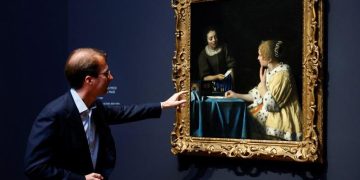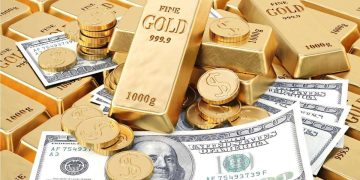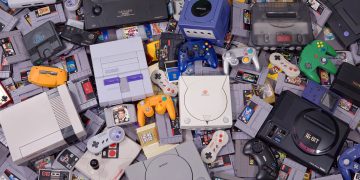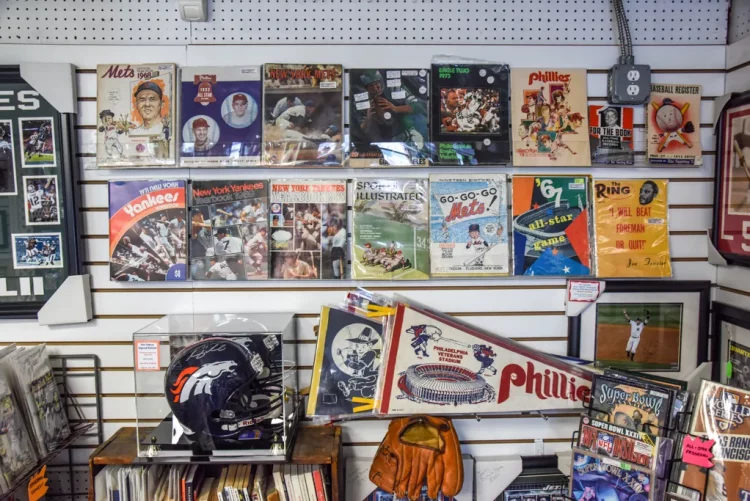The world of collectibles is as varied as it is exciting, but one characteristic that is often present across all categories is price fluctuation. Whether it’s the price of rare comic books, vintage cars, fine art, or sports memorabilia, prices can shift drastically depending on various factors. This volatility can create both opportunities and challenges for collectors. Understanding why prices fluctuate and how to navigate these changes is crucial for anyone looking to succeed in the collectibles market. In this article, we will explore the reasons behind price fluctuations, offer tips on how collectors can adapt to changing market conditions, and analyze trends affecting specific categories of collectibles. Finally, we’ll discuss strategies collectors can use to adjust their buying and selling tactics based on market insights.
1. Understanding Why Collectible Prices Fluctuate
Prices in the collectibles market can fluctuate for many reasons, some of which are driven by broader economic conditions, while others are more specific to the collectibles themselves. These fluctuations can be both short-term and long-term, often based on supply and demand dynamics, cultural shifts, or unexpected events that alter the value of a particular item.
Supply and Demand
One of the most fundamental factors influencing the price of collectibles is supply and demand. If a particular collectible item is rare, and there is high demand for it, the price will naturally rise. On the other hand, if a collectible becomes more abundant, or if interest wanes, the price can drop. For instance, limited-edition items, such as rare trading cards or art prints, can see their prices surge when collectors realize their scarcity, but if new editions or replicas are released, the perceived value of the original can diminish.
Economic Conditions
Broader economic factors such as inflation, interest rates, and overall economic growth play a significant role in collectible price fluctuations. When the economy is strong and consumer confidence is high, people are more likely to invest in luxury goods, including collectibles. Conversely, during times of economic uncertainty, collectors may pull back on purchases as they prioritize essential needs or conserve cash. In addition, inflationary periods can drive up the prices of collectibles as tangible assets, like fine art or vintage cars, are seen as safe havens.
Cultural Shifts and Trends
Cultural and societal trends can also heavily influence the value of collectibles. For example, the resurgence of interest in 1980s and 1990s pop culture in recent years has led to rising prices for vintage toys, comic books, and sports memorabilia from that era. Similarly, the growing popularity of digital art and NFTs has created a new category of collectibles that fluctuate based on trends in the tech and art markets. Collectors who can stay ahead of these trends may be able to purchase items at a lower price before they become sought-after and experience a price surge.
Celebrity Influence
Celebrity endorsements or the personal involvement of well-known figures can also play a significant role in price fluctuations. When a famous person endorses or is associated with a particular collectible, it can generate a wave of interest, thus increasing its value. For instance, a signed jersey from a legendary sports figure, like Michael Jordan, can fetch astronomical prices, while an item tied to a celebrity scandal may see its value plummet. Similarly, when an actor or musician becomes associated with a certain genre or collectible, their influence can dramatically alter prices.
Condition and Provenance
The condition of a collectible and its provenance—its history of ownership—can also affect its price. In general, the better the condition, the higher the price, but even minor flaws can significantly reduce the value. Additionally, items that come with an established, verifiable history of ownership (such as a piece of art previously owned by a famous collector) can command a premium. Provenance gives buyers confidence in the authenticity and desirability of an item, which can contribute to price fluctuations.
Market Speculation and Bubbles
Sometimes, collectible prices experience rapid increases due to speculative buying. When investors begin purchasing large quantities of a specific collectible with the expectation that prices will continue to rise, the market can experience a “bubble.” These bubbles are often unsustainable, and prices may collapse once the speculative frenzy ends. The market for digital collectibles, such as NFTs, has experienced such a bubble, with many items reaching outrageous prices before crashing when the market corrected itself.
2. Tips on Navigating Price Changes in the Collectibles Market
Navigating the fluctuating prices in the collectibles market can be a daunting task, especially for those who are new to collecting or for investors looking to enter the market. However, by adopting a strategic approach and keeping an eye on key factors, collectors can better position themselves to make smart purchasing and selling decisions.
Do Thorough Research
Before buying or selling any collectible, it’s important to conduct thorough research to understand its market value and recent price trends. By examining auction results, online marketplaces, and expert appraisals, collectors can get a sense of what an item is worth. Collectors should also familiarize themselves with historical price movements to determine whether a collectible’s current price is inflated due to short-term trends or is a stable, long-term investment.
Diversify Your Portfolio
Just as with any investment strategy, diversification is key in the collectibles market. Collecting a wide range of items from different categories—such as comic books, vintage cars, sports memorabilia, and fine art—can help spread the risk and mitigate losses during market downturns. A well-rounded collection is also less likely to be severely impacted by a shift in demand for a particular category.
Stay Patient
Price fluctuations can sometimes lead to emotional decision-making, but successful collectors know that patience is crucial. Rather than rushing to sell an item at the first sign of price drops or panic-buying when prices surge, collectors should stay calm and stick to their long-term strategy. When prices dip, it can also be a good opportunity to buy items at a discounted rate, but only if the collectible’s long-term value remains intact.
Avoid Herd Mentality
During periods of price surges or when a certain collectible category becomes trendy, it’s easy to fall into the herd mentality and follow the crowd. However, this can lead to overpaying for items and falling victim to market bubbles. It’s essential to assess each item on its merits, rather than simply following the hype. Be cautious of market speculation and remember that trends often change quickly.
Leverage Technology and Data
In today’s digital age, technology and data can provide valuable insights into collectible price fluctuations. Websites that track auction results, sales history, and market trends are indispensable tools for modern collectors. Additionally, some platforms offer predictive analytics based on market data, helping collectors make informed decisions about when to buy or sell.
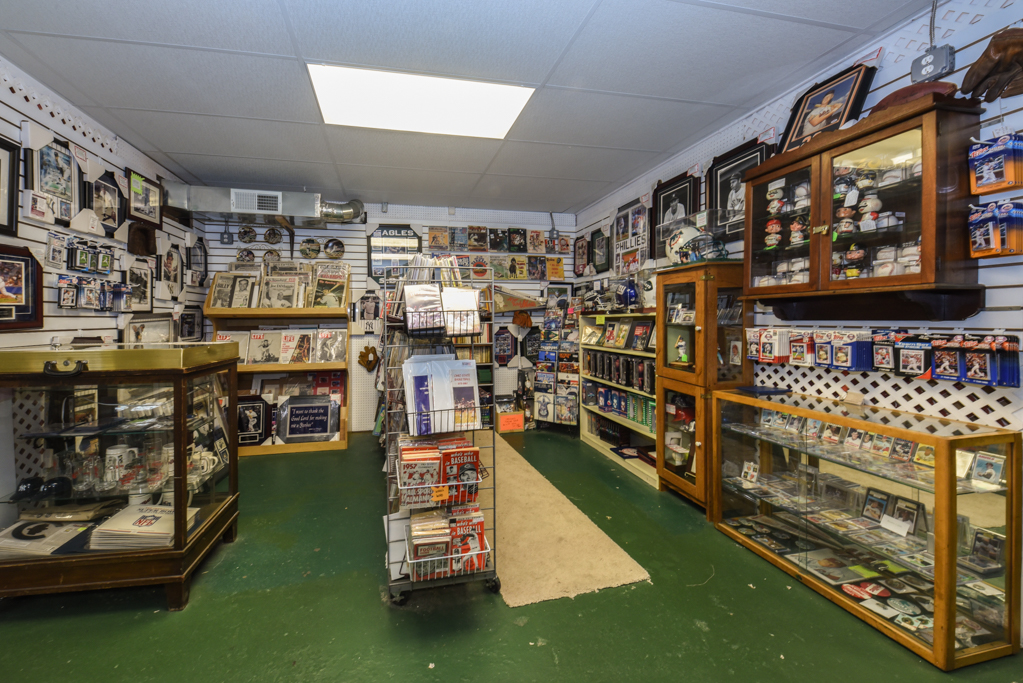
3. Market Trends Affecting Specific Categories of Collectibles
The collectibles market is highly diverse, with different trends affecting various categories in unique ways. While some broader market trends influence nearly all categories, others are specific to certain types of collectibles.
Sports Memorabilia
The sports memorabilia market has seen significant growth in recent years, driven by a combination of nostalgic collectors and high-profile auctions. Prices for items like jerseys, trading cards, and autographed equipment often fluctuate depending on the careers of athletes. The retirement or untimely death of a popular player, for instance, can cause a surge in demand for their memorabilia, driving up prices. On the flip side, prices can drop when an athlete’s career is tarnished by scandal or injury.
Fine Art
The fine art market is heavily influenced by trends in the global economy, as well as changes in artistic tastes. While contemporary art has seen explosive price increases in recent years, certain historical artworks may hold steady or decline depending on shifting tastes. Additionally, the rise of online auctions and digital platforms for art sales has opened up new avenues for pricing fluctuations, as more buyers now have access to the market.
Vintage Cars
Vintage cars have long been a prized category of collectibles, with certain models appreciating significantly over time. However, the prices for classic cars can vary widely based on factors such as the model’s rarity, condition, and historical significance. Recent trends show that electric vehicles and environmentally friendly options are beginning to affect the market, with some collectors showing interest in vintage electric cars or cars with a significant historical environmental impact.
Comic Books
The comic book market has been subject to rapid fluctuations, particularly with the rise of superhero films. When a major comic book character becomes a household name through films, comics featuring that character can experience significant price increases. However, comic book prices can also be volatile, depending on the condition of the book and the rarity of its print run.
4. How Collectors Can Adjust Strategies Based on Market Insights
Understanding market shifts and applying insights to one’s collecting strategy can make a significant difference in the long-term success of a collection. Here are some tips for adjusting collecting strategies based on market insights:
Invest in Emerging Categories
Some collectible categories, such as NFTs or digital art, are still relatively new and can present unique opportunities for early investors. By staying ahead of trends and investing in emerging categories, collectors can capitalize on price increases before they become mainstream.
Focus on Long-Term Value
Rather than focusing on short-term price fluctuations, collectors should consider the long-term potential of their items. A successful collecting strategy should involve acquiring items that will hold or increase their value over time. This requires an understanding of what drives long-term demand for certain collectibles, such as historical significance, rarity, or cultural importance.
Keep a Close Eye on Auction Results
Auction houses often provide the most transparent pricing data for collectibles, and keeping a close eye on auction results can offer valuable insights into market trends. If you notice an item is consistently fetching higher prices at auctions, it may signal that the market for that particular category is on the rise.
Buy Low, Sell High
While this may seem like basic advice, many collectors fail to follow the “buy low, sell high” strategy. The key is to identify when items are undervalued and take advantage of the market conditions to make a purchase. Likewise, when the market for a particular collectible is peaking, it might be a good time to sell and lock in profits.
















